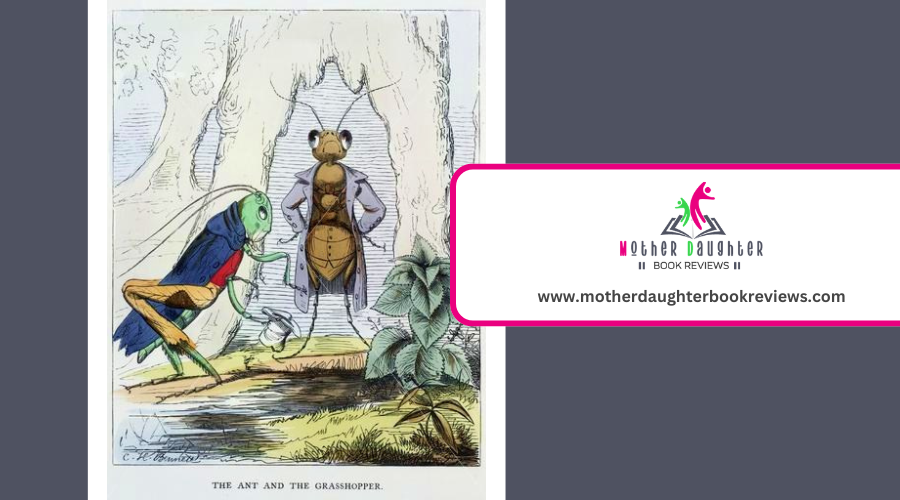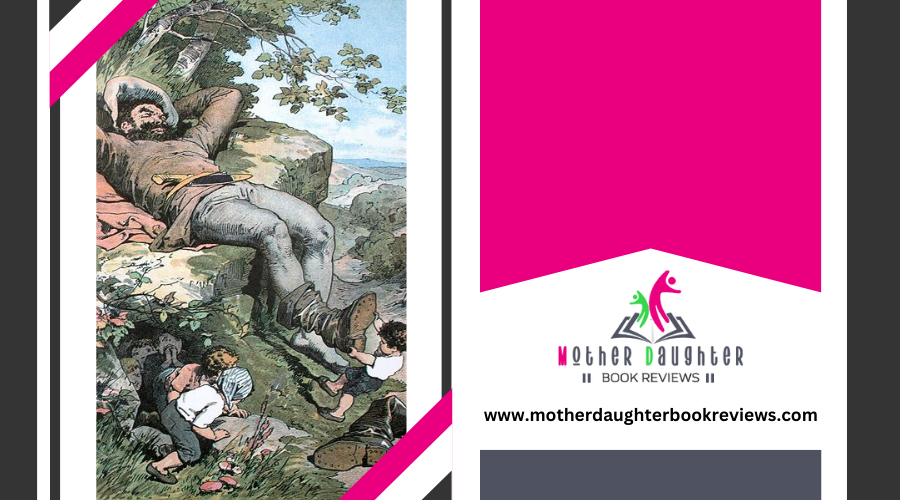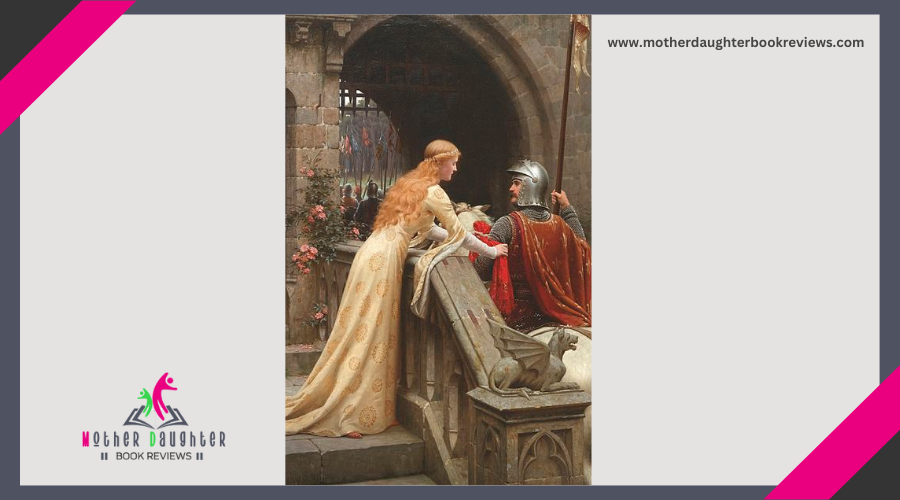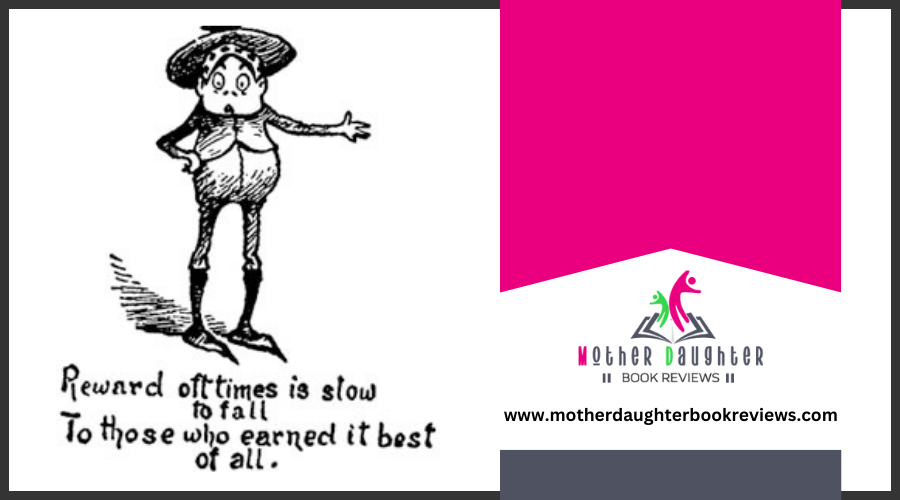How Do Stories Portray Timeless Courage and Honor?
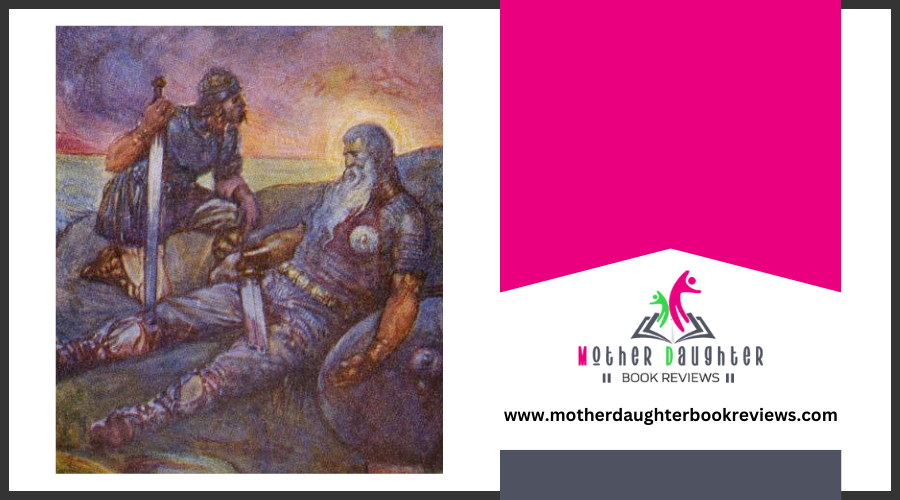
Stories portray timeless courage and honor through resilient characters, symbolic acts, and moral dilemmas that resonate across cultures and periods. You'll see heroes facing trials that test their resolve and integrity, often making sacrificial choices for the greater good. They embody traits like unwavering duty and emotional resilience, which inspire others. Symbolic acts, like standing alone against an enemy or making selfless sacrifices, illustrate these virtues vividly.
Universal Themes
When exploring stories of courage and honor, you'll quickly realize that these narratives often share universal themes that resonate across cultures and periods. These themes reflect fundamental aspects of human experience, making them relatable and compelling, no matter where or when they originate. By examining different cultural perspectives, you can see how diverse societies interpret and value courage and honor.
Narrative techniques play an essential role in conveying these universal themes. Authors often use symbolism, character development, and plot structure to underscore the core messages of their stories. For example, a protagonist's voyage, filled with trials and growth, can symbolize the universal struggle for integrity and moral fortitude. Dialogue and inner monologues are also powerful tools that reveal a character's inner conflict and resolve, making their courage and honor palpable to the reader.
Archetypal Heroes
At the heart of many tales of courage and honor lies the archetypal hero, a figure whose quest and traits transcend cultural and temporal boundaries. You see these heroes initiating heroic expeditions that test their resolve and character, pushing them to the brink of their capabilities. Regardless of it's King Arthur searching for the Holy Grail or Odysseus endeavoring to return home, these legendary quests are filled with trials that reveal the essence of their heroism.
You can easily recognize an archetypal hero by their unwavering sense of duty, moral integrity, and courage. They often possess extraordinary abilities or qualities that set them apart, yet their struggles and triumphs remain profoundly human and relatable.
The archetypal hero's expedition serves as a timeless template that continues to resonate in modern narratives. It's not just about their physical feats but also their ethical and emotional challenges. These stories inspire you, showing that true heroism involves perseverance, sacrifice, and an unyielding commitment to a greater cause.
Moral Dilemmas
Facing moral dilemmas head-on, you often find that these challenges define the true essence of courage and honor. When characters grapple with ethical conflicts, their true motivations and values come to light. It's in these moments of decision-making that you witness the heart of a hero, torn between what's easy and what's right.
Consider stories where protagonists must choose between personal gain and the greater good. These scenarios test their integrity and reveal their core character motivations. You see them wrestle with choices that could lead to personal sacrifice or societal benefit. Such decisions aren't just plot devices; they're the crucible where courage and honor are forged.
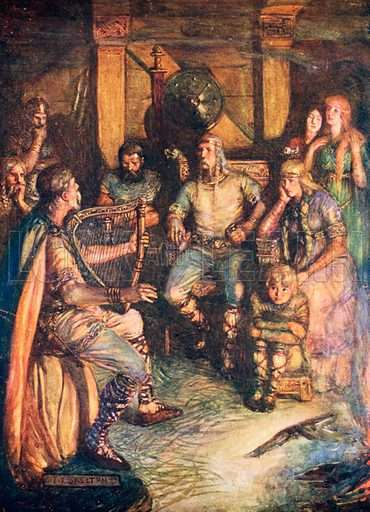
Symbolic Acts
In many tales of valor, symbolic acts serve as powerful representations of courage and honor. These acts transcend ordinary deeds, embedding deep meaning within a narrative. You'll find that symbolic gestures often highlight a character's bravery and moral fortitude, making their actions resonate with the audience on a profound level.
Consider the following examples of symbolic gestures that carry narrative significance:
- Sacrificing one's life for others: This ultimate act of bravery is a timeless symbol of selfless courage.
- Returning a lost item: Represents integrity and the importance of small yet significant gestures.
- Standing alone against an enemy: Embodies the essence of defiant courage and unwavering honor.
- Passing a family heirloom: Signifies the transfer of legacy and the weight of responsibility.
- Lighting a signal: Acts as a universal call for aid and symbolizes hope and unity.
Emotional Resilience
Endurance often defines the core of emotional resilience, the inner strength required to navigate through adversity. When you read stories of heroes, their emotional resilience isn't just about surviving; it's about thriving despite the challenges they face. Their inner strength shines through every setback, every heartbreak, and every moment of doubt.
Take, for instance, characters like Katniss Everdeen from "The Hunger Games" or Frodo Baggins from "The Lord of the Rings." Both face incredible odds. Yet, their emotional resilience allows them to push forward, overcoming adversity that would cripple others. You see them fall, but more significantly, you see them rise. Their paths show that emotional resilience isn't about being unbreakable; it's about the ability to mend and grow stronger at the broken places.
In your own life, you've probably faced moments where giving up seemed easier than continuing. But just like these characters, your inner strength helps you overcome adversity. Stories of courage and honor remind us that emotional resilience is a timeless trait, portraying how the human spirit can endure and triumph, no matter the odds. Through these narratives, you learn that true strength comes from within.
Sacrificial Choices
Sacrificial choices often form the backbone of true heroism, where individuals willingly give up something precious for the greater good. These decisions demonstrate extraordinary courage and are motivated by deep, often personal, convictions. You're captivated by characters who face these dilemmas because their sacrificial motivations resonate with our intrinsic values of honor and selflessness. The impact of these choices transcends the individual, leaving a lasting legacy that inspires others.
Consider these classic examples of sacrificial choices in storytelling:
- Frodo Baggins giving up a peaceful life to destroy the One Ring.
- Harry Potter walking into the Forbidden Forest to face Voldemort, knowing he might die.
- Katniss Everdeen volunteering in place of her sister for the Hunger Games.
- Sydney Carton sacrificing his life for another in "A Tale of Two Cities".
- Mufasa risking everything to save Simba in "The Lion King".
These acts of sacrifice are not just plot devices; they shape the moral fabric of the story. They highlight how sacrificial motivations profoundly affect the characters' legacy impact, making their tales timeless and universally compelling. Each choice echoes through the narrative, reinforcing the themes of courage and honor.
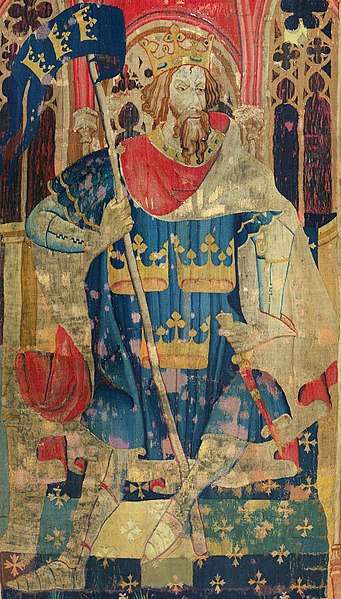
Conclusion
Often, the most powerful stories of courage and honor culminate in inspirational outcomes that leave a lasting impression on both the characters and the audience. These narratives show how courageous quests shape individuals, pushing them to their limits and allowing them to grow. You see characters face adversity head-on, and their stories resonate because they display a commitment to values that transcend time.
When characters set out on these courageous quests, their actions often create honor bound legacies. These legacies serve as a reflection of their bravery and unwavering principles. They inspire you to reflect on your own life and consider how you can embody similar virtues. The outcomes of these tales are not just about the personal victories of the characters but also about the broader impact they have on their communities and, by extension, the audience.

